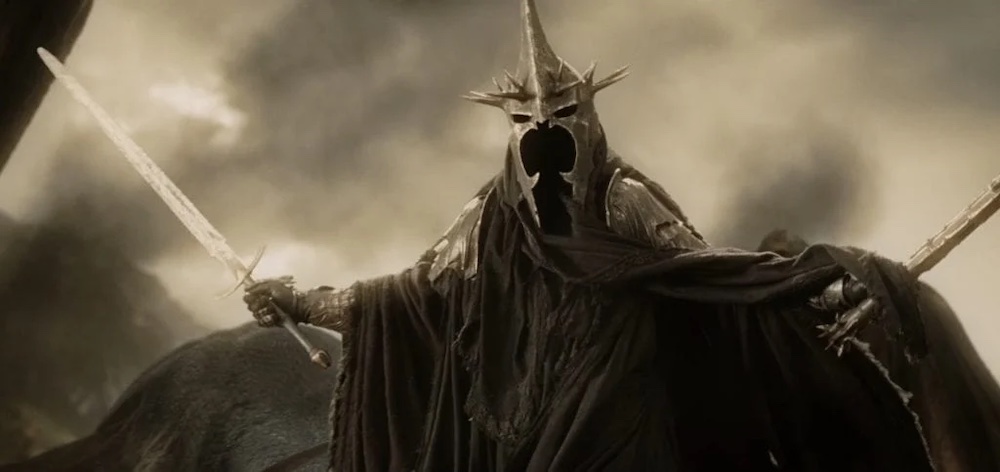In a letter addressed to Dr. Rhona Beare, on October 14th, 1958, J.R.R. Tolkien states that The Lord of the Rings, “is mainly concerned with Death, and Immortality.”[1] He also notes in a letter to Robert Burchfield on December 2nd, 1953 that, “The Lord of the Rings is of course a fundamentally religious and Catholic work; unconsciously so at first, but consciously in the revision.”[2] These are shocking themes for such a popular book—a book that is listed as the second most popular fantasy of all time, selling over 150 million copies worldwide since it was first published.[3] We live in a culture that avoids death so much that many die alone in hospitals or hospices, and once they have died, their bodies are prepared for viewing by hired professionals who strive to make the corpse look as if it were a living body that is simply sleeping. Furthermore, we live in an age where the beliefs of Catholics are not only criticized, but their churches are vandalized because people so strongly oppose the Catholic belief system.[4] But perhaps the popularity of The Lord of the Rings is due to Tolkien’s ability to present death as having a meaning and purpose beyond the grave while palatably introducing the reader to his Catholic culture and beliefs in a subtle, gentle way. Through the characters of Boromir, Théoden, the Nazgul, Denethor, and Saruman,, we are presented with the attractive idea that one chooses where one goes when one dies and that death is not just a pathway to true immortality but is also a place of mercy and justice. Those who chose to live good lives go on to exist in immortal glory, while those who chose to serve evil, vanish into eternal nothingness. The juxtaposition of receiving immortality in death, along with a combination of mercy and justice, leaves the reader not just satisfied, but cautiously hopeful that this can be their reality too.
Login to read more
Sign in or create a free account to access Subscriber-only content.
Topics:
